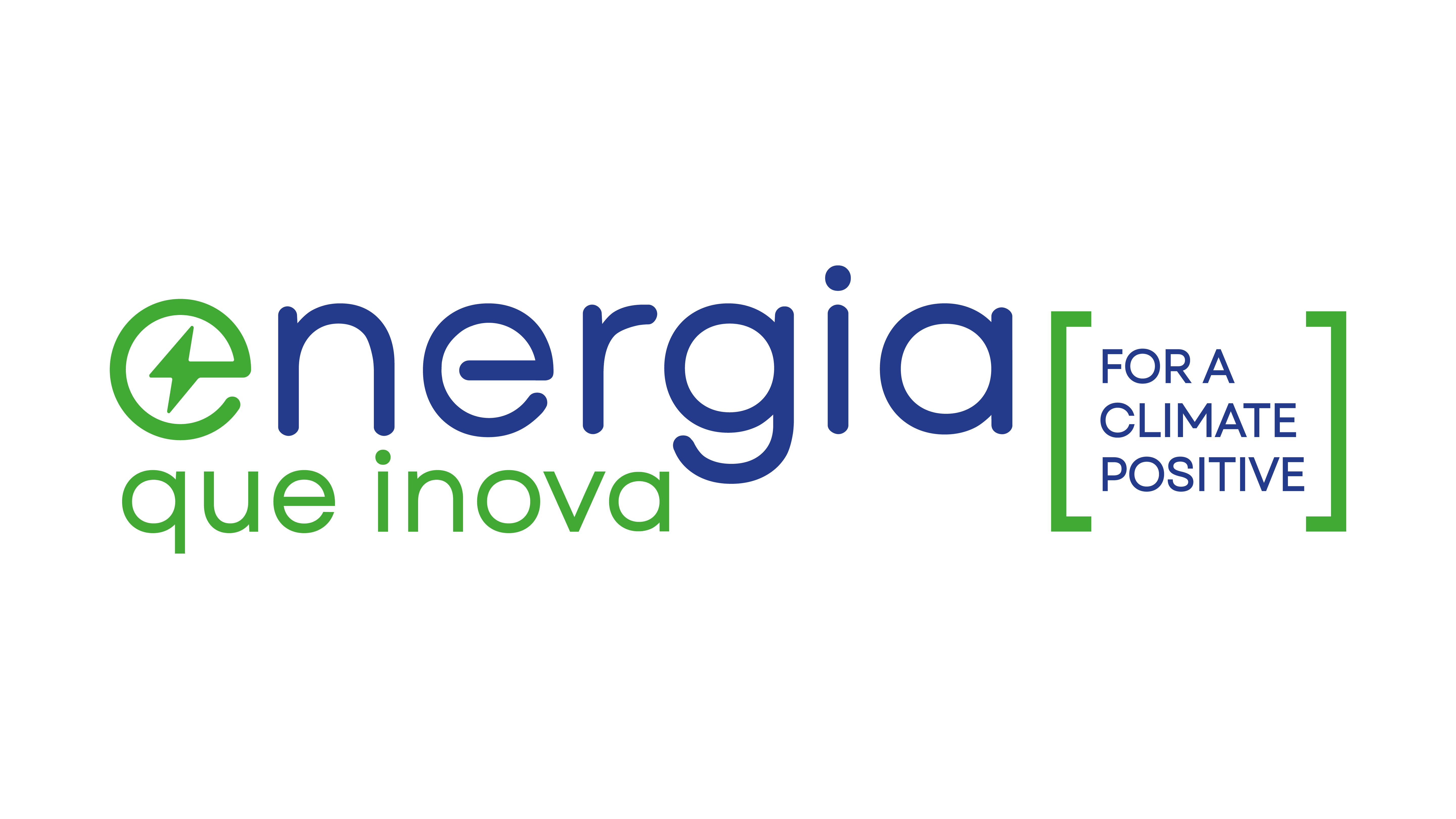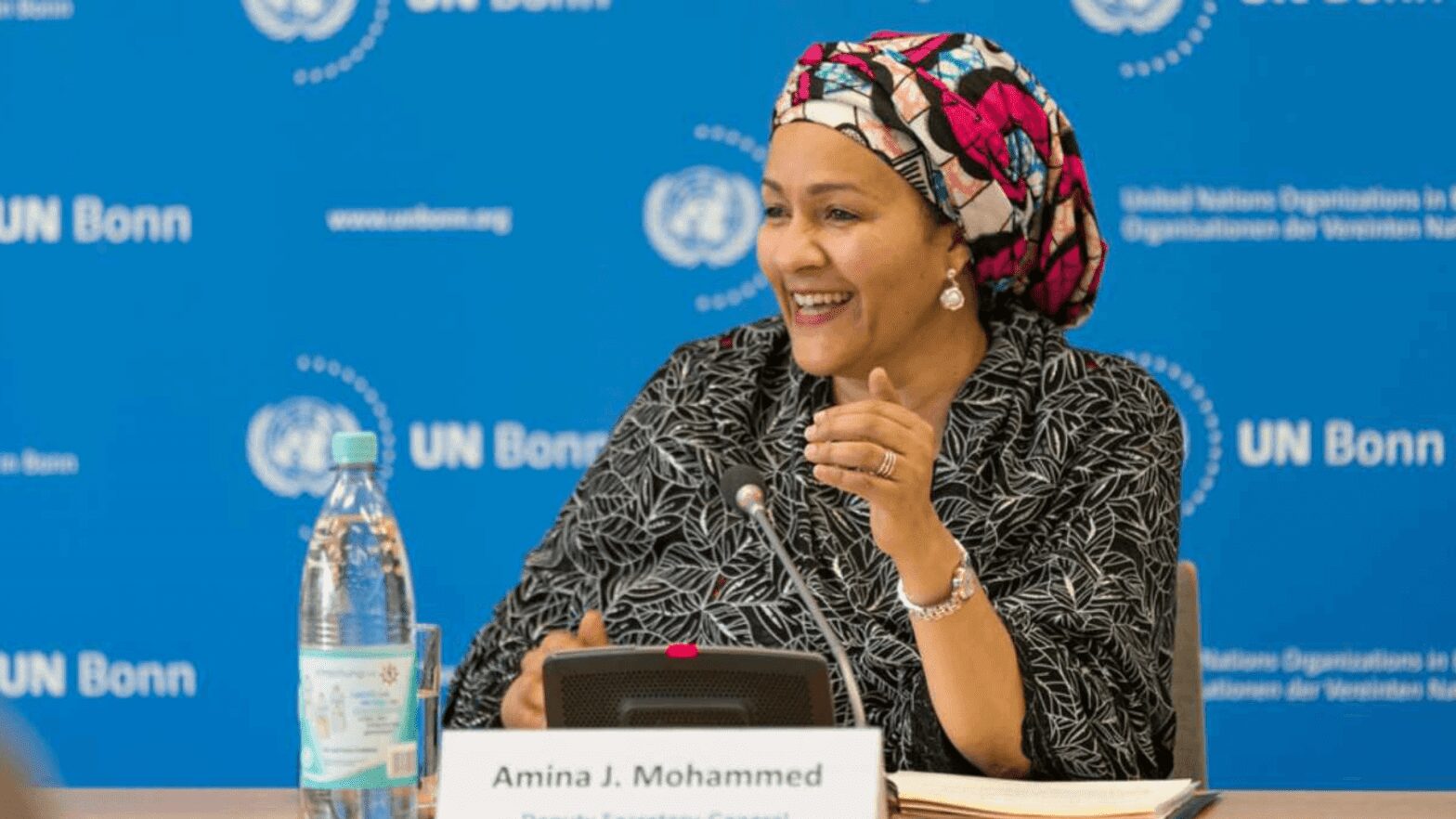Distributed generation technologies and renewable energy storage are gaining prominence in the global energy scenario, offering increasingly advanced solutions to meet the growing demand for electricity. With the evolution of these technologies, it is possible to produce energy from renewable sources such as solar and wind in a decentralized way and store it for later use, making renewable energy more reliable and accessible.
Since 2015, investments in distributed generation technologies and energy storage have grown significantly, driven by the energy crisis, the high cost of electricity supplied by concessionaires and distributed generation standards. Today, it is possible to find increasingly accessible technological and financial solutions for the installation of renewable energy generation systems, whether for residential, commercial or industrial use.
Distributed power generation allows small generators, such as solar panels and wind turbines, to produce energy directly in the location where it is consumed, without the need for large-scale transmission. This means that the energy produced can be used immediately by consumers, reducing reliance on traditional and centralized energy sources.
In addition, distributed generation can also be a more cost-effective alternative for some communities, especially in remote or isolated areas that are more difficult and expensive to serve from centralized power systems. In addition, distributed generation can also contribute to the resilience of the power system, making it less susceptible to power outages in the event of natural disasters or other events.
The Brazilian Distributed Generation Market
Brazil has a privileged location, with high levels of solar radiation, multiplying the technical and financial viability of solar energy generation technology. The durability and performance of the equipment are also important factors when choosing this technology, which guarantees maximum performance and energy efficiency.
The use of renewable energy in Brazil has grown significantly in recent decades. According to data from the National Electrical System Operator, solar energy generation in the country increased by more than 1,000% between 2010 and 2020. In 2010, solar energy generation in Brazil was only 14 GWh, while in 2020 it reached 189 GWh.
This growth is the result of public policies to encourage the use of renewable energy sources, as well as the reduction of solar energy production costs, making it more accessible and competitive. In addition, the high demand for sustainable electricity encourages the creation of new solar energy generation projects, making it an attractive choice for investors and consumers.
The potential for generating solar energy in Brazil is enormous, thanks to the high levels of solar radiation throughout the national territory. The Northeast, for example, has the potential to produce more than 1,000 TWh of solar energy per year, enough to meet the demand of more than 40 million homes.
Regarding the consumption of renewable energy, solar energy has stood out in the country. According to data from the National Electric Energy Agency, in 2020, solar energy accounted for around 3.7% of electricity consumption in Brazil, while hydroelectric power generation accounted for around 66%.
The growth in the use of solar energy in Brazil has positive impacts on the economy, on the reduction of polluting gas emissions and on the country's energy independence. In addition, the solar energy sector generates jobs and business opportunities, making it an important alternative for the country's economic and social development.
Follow us here and on our social media to stay on top of energy media updates.
















